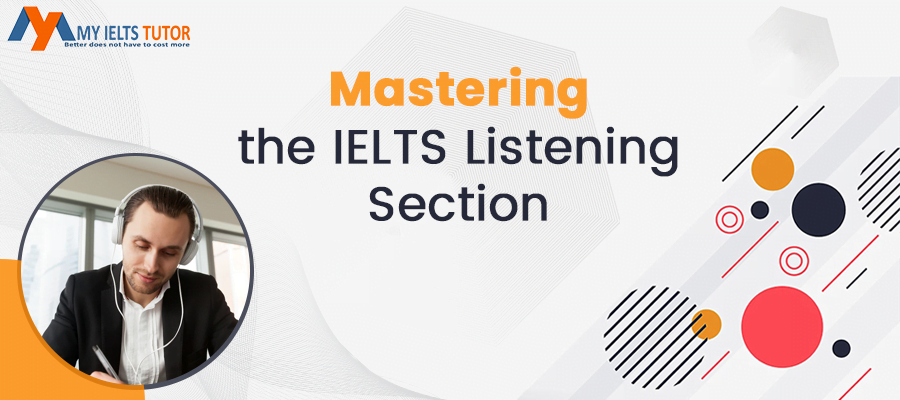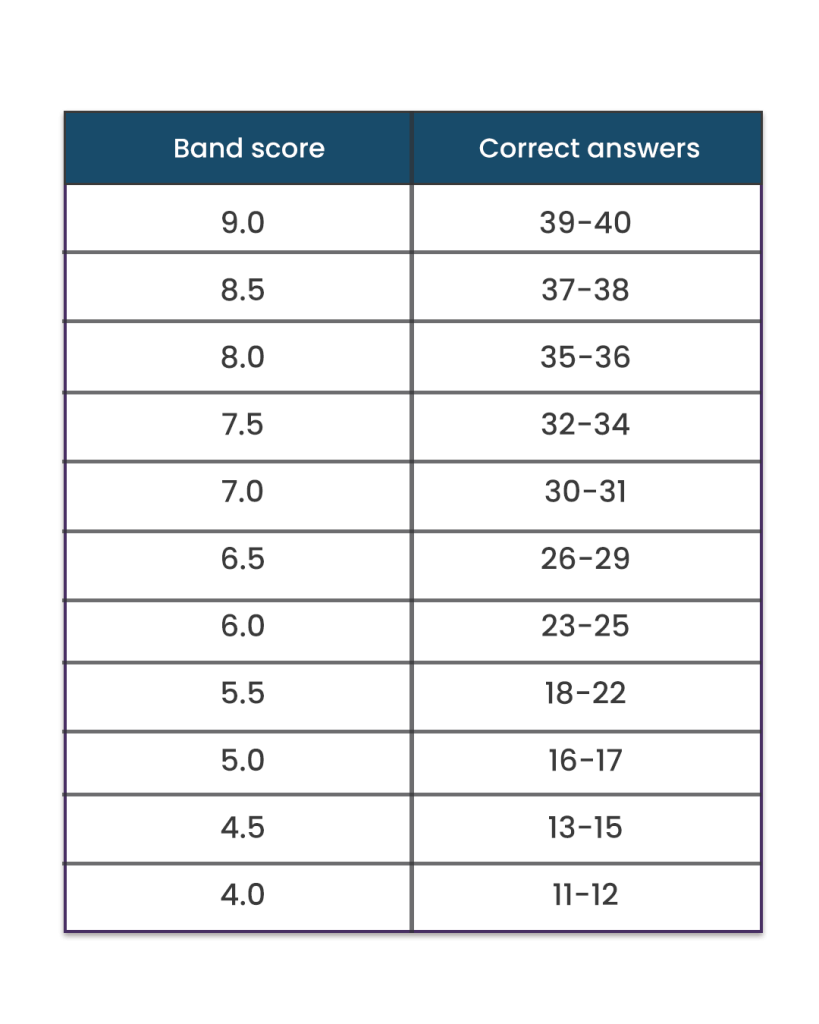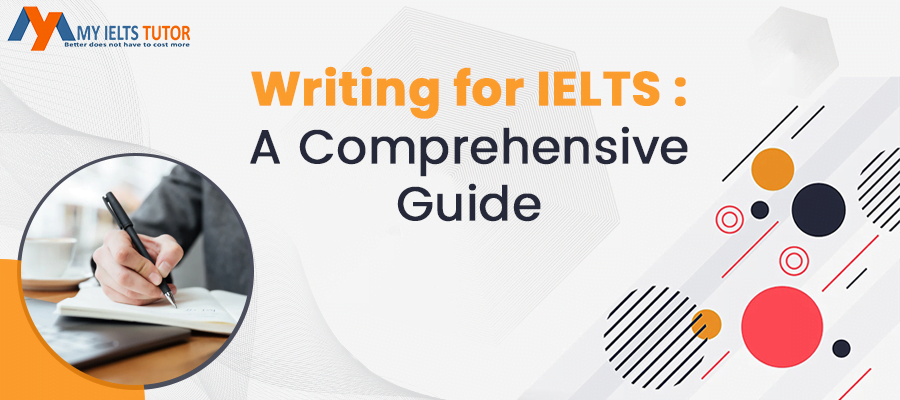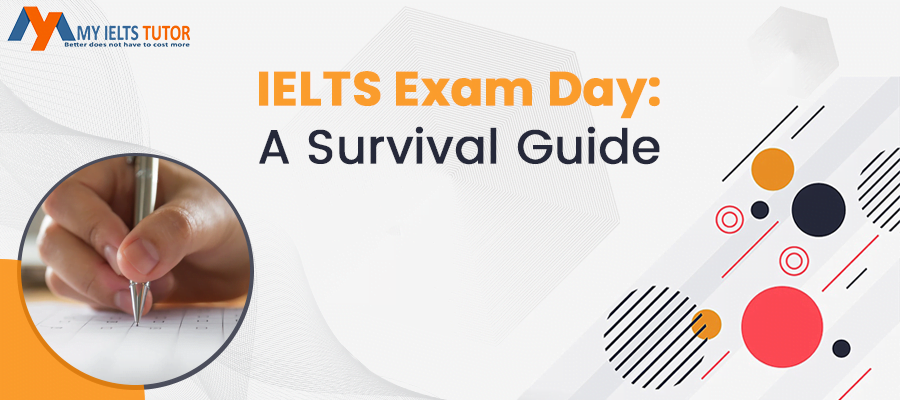Mastering the IELTS Listening Section

You’re preparing to take the IELTS listening section, and you want to do your best.
But there’s one thing you’re not sure about: what the test is like. It can be tricky to know what to expect, especially since the listening section is completely audio-based. In this post, we’ll give you a little taste of what to expect on test day.
You’ll learn about the different types of questions that appear on the IELTS listening section, as well as some tips for how to approach them. We’ll also show you a sample question and answer so you can get a feel for the format of the test. Let’s get started!
What Is the IELTS Listening Section?
- The first two components of the exam address social demands.
- The following two parts deal with circumstances that are more directly tied to educational or training environments.
- All of the IELTS listening themes are of broad interest, regardless of what disciplines you intend to study or what profession you aim to pursue.
- A range of English accents and dialects are used in the recordings which reflects the international usage of IELTS
Lets Understand About Each Section In IELTS Listening
Part 1
There is a dialogue between two speakers in the first segment. For example, a discussion regarding trip plans, reserving accommodations, or enquiry
Part 2
The second part is a monologue (a speech by one person). It will be situated in a typical social setting. A lecture on student services on a university campus, for example, or dining arrangements during a conference.
Part 3
The third part is a dialogue between up to four persons. A talk between a tutor and a student concerning an assignment, for example, or between three students organising a research project.
Part 4
The final section is a monologue. It is a general academic lecture or talk, such as a university lecture
The IELTS Listening Section is a crucial part of the test. This is the section where you listen to audio recordings and answer questions based on what you hear. It’s important to prepare for this section so that you can do your best on test day.
There are a few things you can do to prepare for the IELTS Listening Section. First, make sure you’re aware of the format of the test. The questions will be based on four different recordings, so make sure you know what to expect.
Also, practice listening to English audio recordings. This will help you get used to the sound of English and the accent of the speakers. And lastly, review the types of questions that will be asked in the IELTS Listening Section. Knowing what to expect will help you stay calm and focused on the task at hand.
IELTS Listening Tips and Tricks
So you’re taking the IELTS exam and you’re feeling a little bit nervous about the listening section? don’t worry, you’re not alone.
The good news is that there are a few tips and tricks that can help you ace this section of the test.
- First, it’s important to understand the types of questions that will be asked. There are four main question types: multiple choice, short answer, sentence completion, and table completion. Familiarize yourself with the types of questions and what the answers might look like.
- Next, practice, practice, practice! The more you listen to English, the better you’ll be able to understand it when it’s played back to you in a test setting. Try to find audio files that are relevant to your interests—news broadcasts, podcasts, interviews, etc.—and listen to them regularly.
- Finally, stay calm and focus on the task at hand. Listen closely to each question and make sure you understand what’s being asked before you begin answering. If you get stuck on a question, don’t panic—there’s no time limit, so take your time and try to answer as best as you can.
IELTS Listening Common Mistakes
It’s important to be aware of the most common mistakes people make in the IELTS Listening section, because these can really hurt your score. Here are some of the most common ones:
Not paying attention to the question: Make sure you read the question carefully and understand what is being asked before you start listening.
Not listening carefully: This is a big one – make sure you listen to every word to get all the information you need.
Not using proper format to transfer the answer – While transferring the answer use clear handwriting. it is preferred to use capital letters and using proper space where required. You should how words are counted in Listening test
Not Reading the instructions– It is important to read instructions to be aware about the word limit.
Answering the question without listening: This happens when you hear the answer to a question and just start writing without actually listening to the audio. Make sure you wait until you’ve heard all the audio before writing your answer.
Not writing everything down: It’s very important to write everything down, as there will be questions later based on information in the audio.
Not transferring answers onto the answer sheet: This is another common mistake – make sure you copy your answers onto the answer sheet correctly.
If you can avoid making these mistakes, you’ll be well on your way to achieving a great score in the IELTS Listening section!
IELTS Listening Practice
It’s no secret that the IELTS Listening section can be tricky. But with a little practice, you can master it. Start by listening to the recordings a few times. Pay attention to the details and try to anticipate what’s going to happen. Then, answer the questions as quickly as you can. Don’t spend too much time on one question—just focus on getting the answer right.
Finally, don’t forget to practice vocabulary and idioms that are commonly used in the IELTS test. This will help you understand the questions and answers better. With a little bit of practice, you’ll be able to ace the IELTS Listening section!
IELTS Listening Score Calculator
So how can you figure out your IELTS listening score?
Well, there’s a handy band descriptor will do the job for you. Just check in your test score and it will give you an estimate of your band score. Pretty nifty, huh?

This Listening score chart can help you keep track of your progress.
Question Types
The following types of question may appear on the test:
- Multiple choices
- Fill ups
- Short Answers
- Classifications
- Maps
- Flow chart/ Table/summary completion
- Diagram labelling
IELTS Listening Tips for Specific Sections
In the IELTS listening section, you’ll be asked to listen to a variety of different types of audio content. This might be a conversation between two people, a lecture, or a presentation.
To score well in this section, you’ll need to be able to understand the main points of the audio and answer the questions accurately. Here are a few tips to help you master the IELTS listening section:
- Listen carefully and don’t worry if you don’t understand everything at first. The questions will help you focus on the most important information.
- Try to anticipate what might be asked based on the question stem. This will help you save time when answering the questions.
- Pay attention to the details in the audio and make sure your answers are correct.
Conclusion
You can pass the IELTS listening section with flying colors by following a few simple tips. Be sure to familiarize yourself with the type of questions you’ll be asked, and practice as much as possible. Stay calm and focused, and read the questions carefully. With a little preparation, you can easily score high on the IELTS listening section. Good luck!
[carousel_slide id=’16536′]






